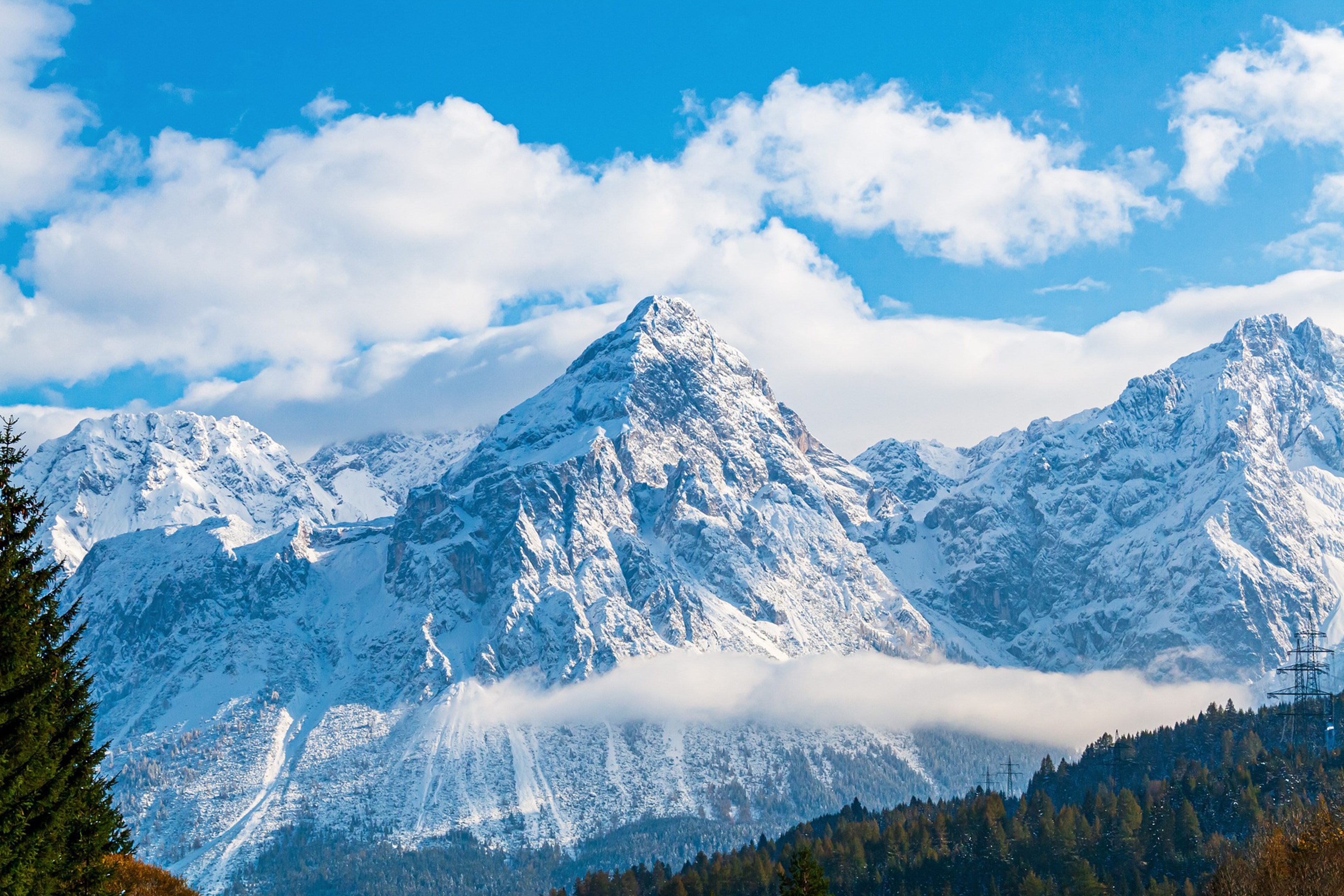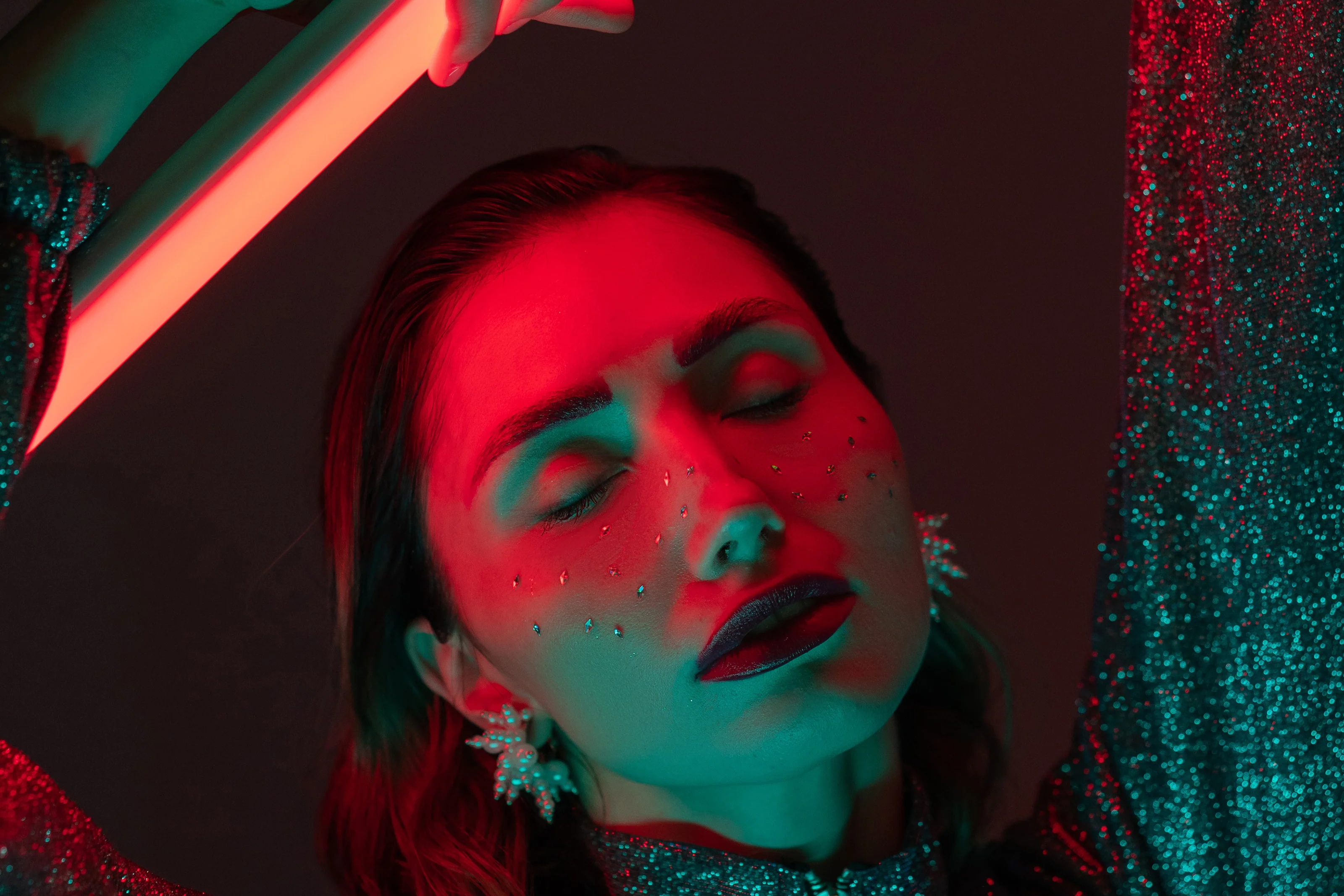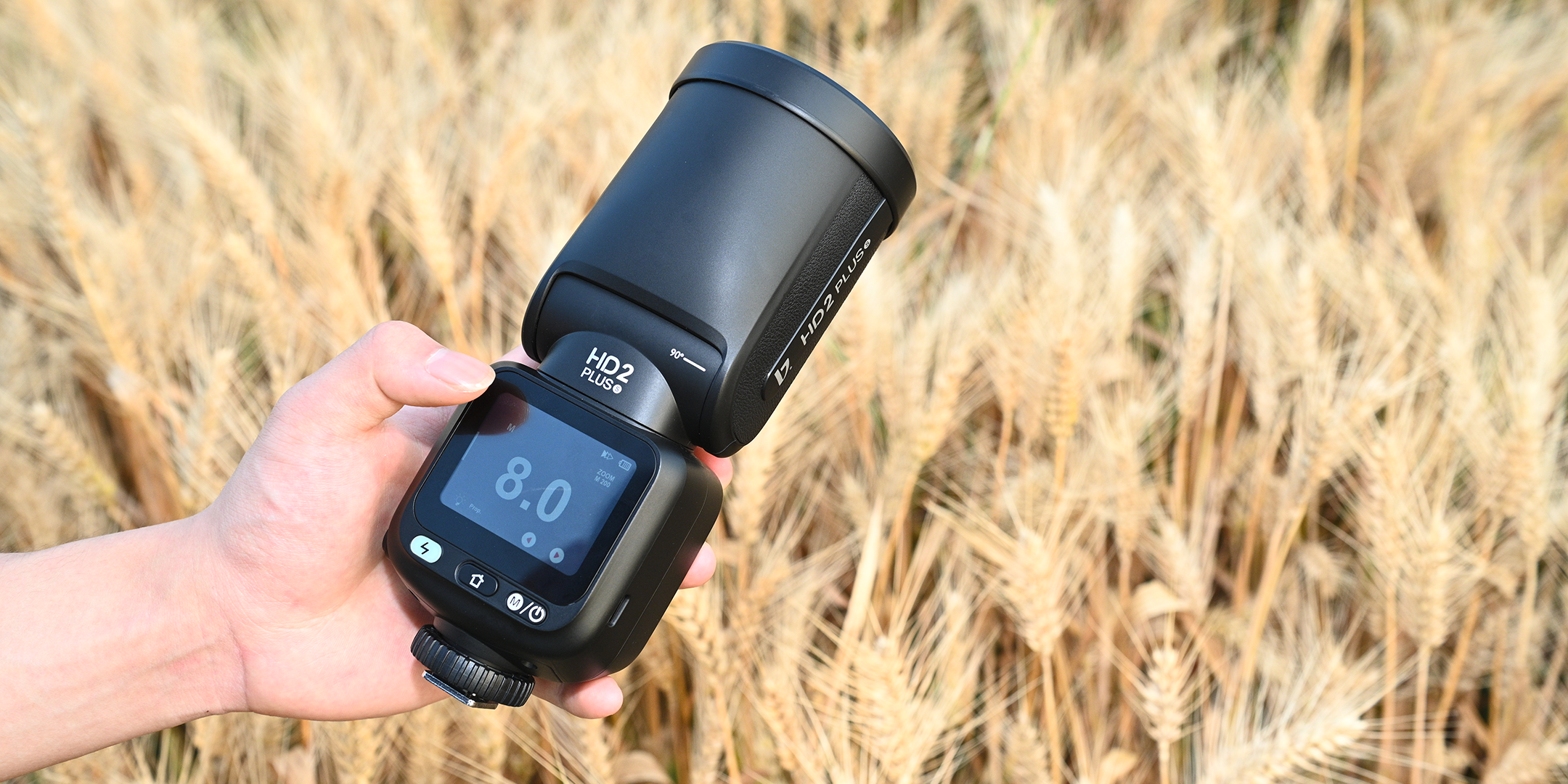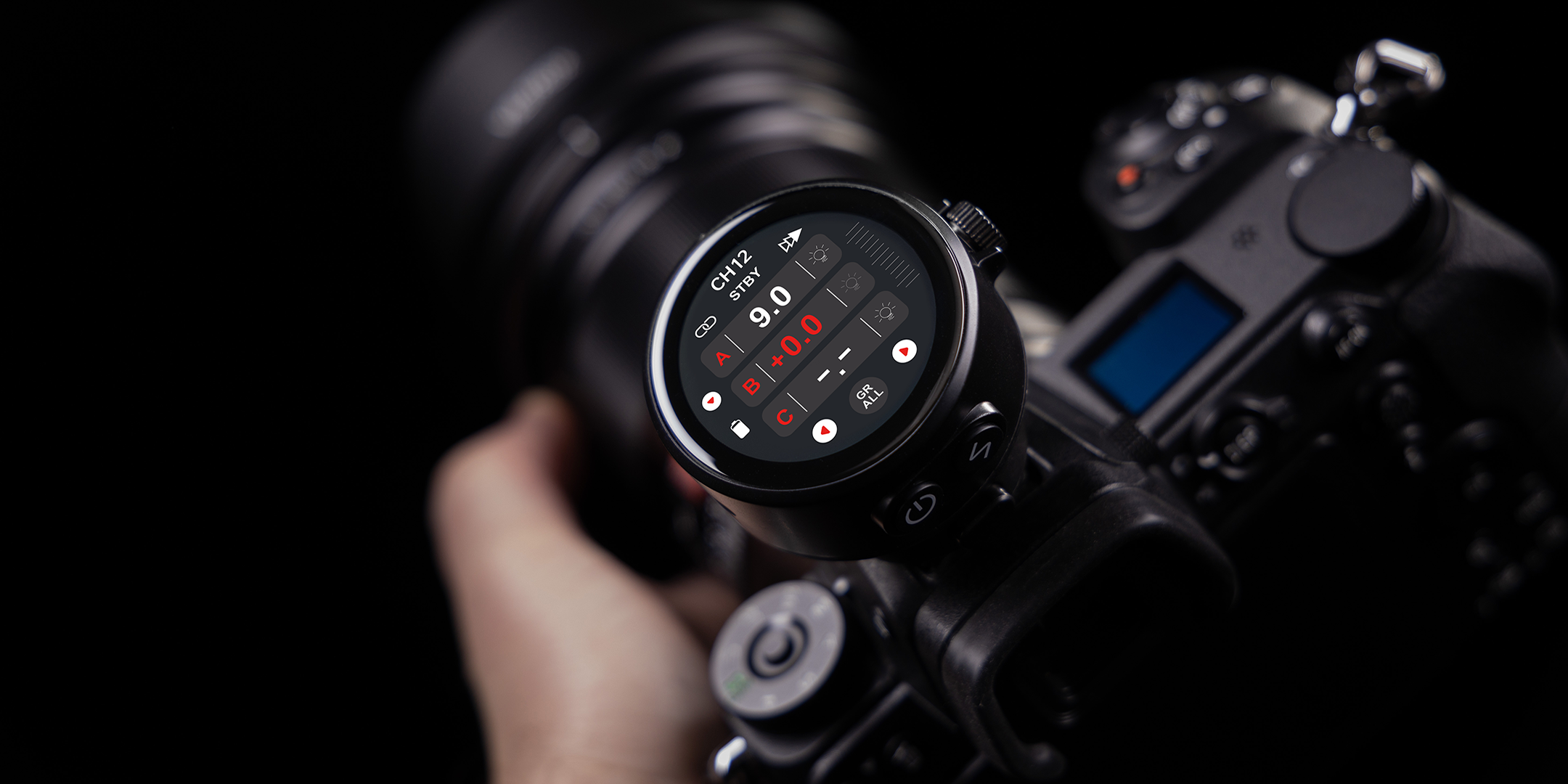Who doesn't know them, the images that, when examined more closely on the screen or on a print, suddenly look completely different from how the scene was remembered. The Colors work to cool or the sky is so yellow that the shot hardly seems real anymore . In such a case, the culprit is usually found quite quickly: the white balance . Not only because of the possible sources of error, but especially because of the creative possibilities everyone who likes to reach for the camera should take a closer look at the basics of white balance.
White balance: the basis for determining the correct colors
Colors are created in the same way in both the brain and the camera. The light falls on an object and is reflected by it. Depending on the wavelength at which the reflected light hits the sensor or the retina, it is treated as a specific color interpreted .
In order to be able to recognize and assign the colors correctly, the brain automatically uses certain tools. It recognizes them by itself temperature of light , which is measured in Kelvin and helps the eyes to find their way in a wide variety of situations. The camera simulates this potential using the adjustable white balance , which also uses the light temperature as a starting point.
How the camera corrects colors using white balance?
Anyone who still remembers the days of analog color film knows that a film that is sensitized to daylight can hardly be used with artificial light. The light from neon tubes or from tungsten lamp light suddenly looks orange and all distinctions between the individual colors disappear.
Modern digital cameras today offer numerous setting options , concerning the white balance. Some models even allow you to set the white balance manually after the to set the Kelvin number , which is useful when photographers are measuring the light temperature of a light source, such as alightning or onecontinuous light, know exactly.

During the automatic white balance of most modern cameras today can cope with almost all light situations, problems arise again and again when it comes to so-calledmixed light situations comes. These occur when natural light with artificial light mixed, which is the case, for example, when the evening sun shines through a window, but at the same time the lights in the apartment are already switched on. In such a case, the camera tries to find an approximate or mixed value that should do justice to both lighting moods. However, this does not always work, which is particularly important in the case of changed and therefore not „colourfast“ skin tones can be read.
Work specifically with the white balance
How do some photographers manage to immerse their shots in cinematic, romantic and warm light or why do architectural photos often appear so cool and technical? white balance is the answer to this question. If you want to develop your own style, you don't just rely on the automatic white balance , but uses this consciously to create images certain atmosphere to rent. There are several ways to do this. On the one hand, the white balance modes that are already pre-installed in the camera can be used, or the light temperature can be determined using a gray card, a piece of paper or a white wall and then the white balance can be adjusted precisely using the Kelvin number determined. the white balance in the digital post processing to adjust.

White balance in digital post-processing
Of the digital post-processing Those who take pictures in the raw data format benefit in particular, but they can also be used with pictures in JPEG format color temperature and adjust the tint of an image. The following principle is important here: Less is more, because if the white balance is shifted too much in one direction, the images quickly appear unnaturally cold or all the colors turn into an unattractive shade of orange..
It turns out that white balance is not an obstacle, just another creative means , which with a little practice can be used to add a personal touch to photos.
If you too great shots did, please tag usInstagram andFacebook with the hashtag#jinbeiphotobox. We look forward to your results!





Teilen:
The 3-point lighting
Spectacular images of water drops